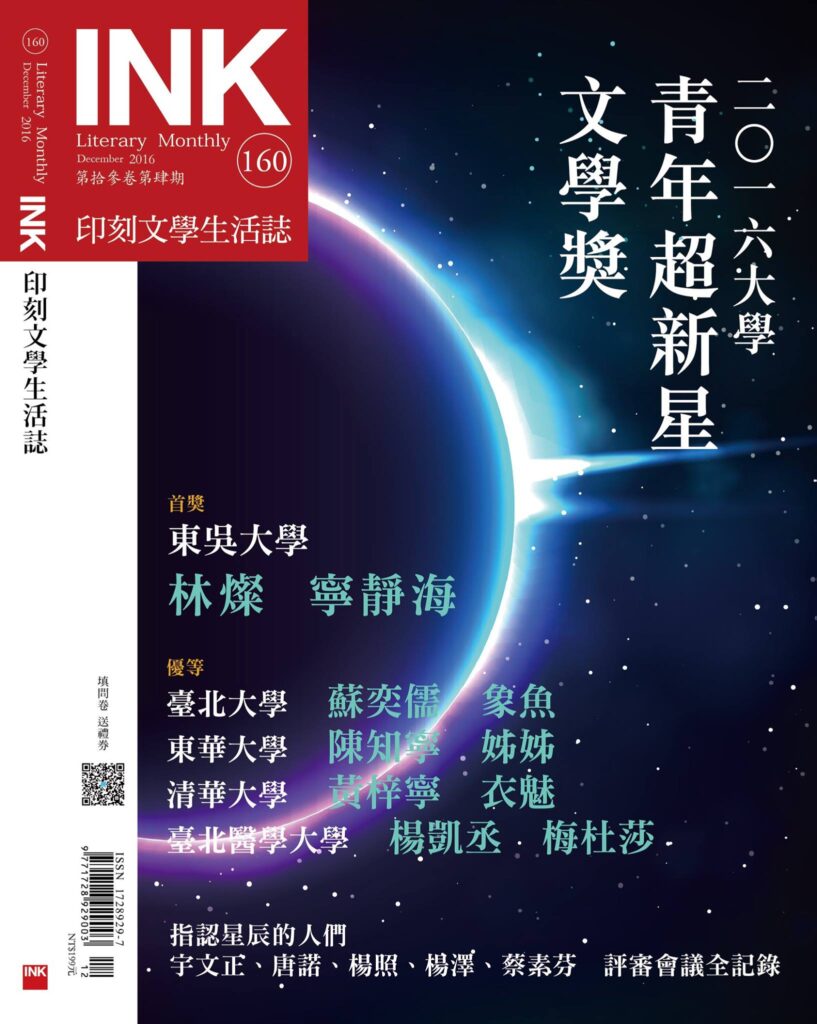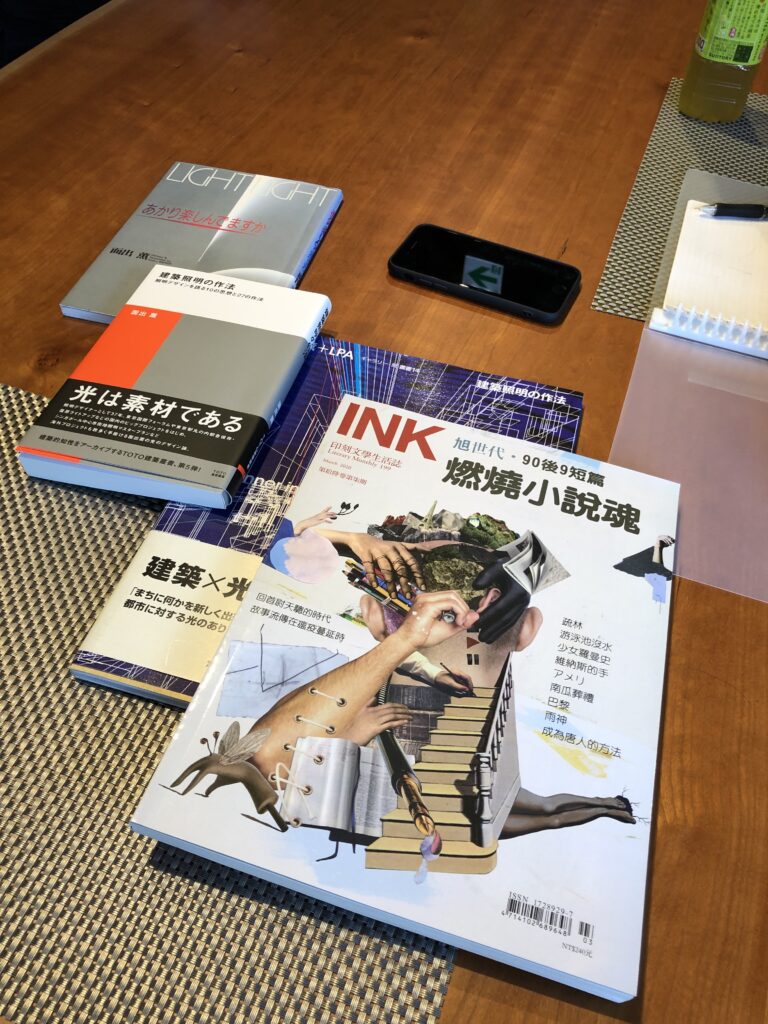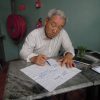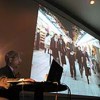Interviewer: Lin Tsan
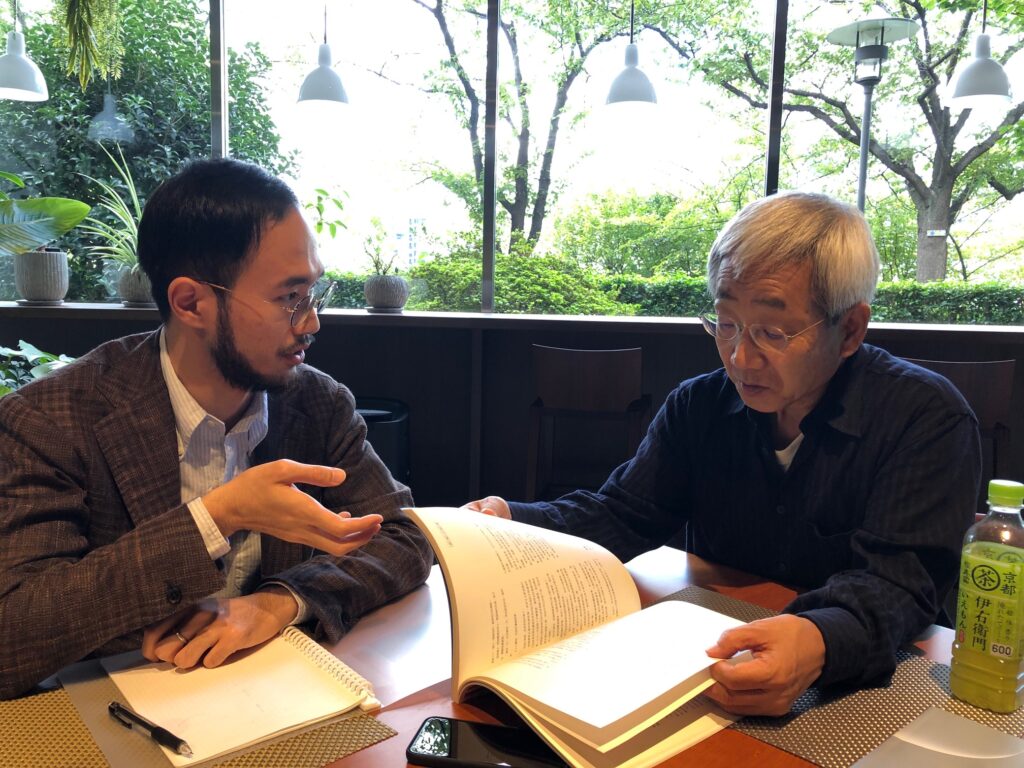
Lin: Today I`d like to talk about novel and design. I have been writing fiction since I was in Jr. high. I didn’t plan on becoming a designer, but here I am at LPA. Since then, I’ve noticed that creating fiction is a little like design.
Mende: So, how do you write your stories?
Lin: Now, I have a computer, so my last step is to type, but first I use a pencil and notepad to write my themes, story and flow. A skeleton if you will. The meat comes last on the computer. Even if I think I have finished, it is necessary to go back and fix and rewrite, several times.
Mende:A Lot of lighting design is structured around instinct. So, sometimes an initial rough sketch is the end design, but we also think of scenarios to go along with lighting designs. For example, what kind of light would be most comfortable for visitors? Or, maybe seasonal scenarios, but I don’t think our designs are quite as elaborate as your method of writing and rewriting.
Lin: For me, my first draft is usually the longest. After I finish writing I let it simmer for about a week, as I also collect my composure. Then like a wood carver, I widdle it down, revise, eliminatinate, and repeat. How about essays? The process seems more lighthearted.
Mende: Yes, essays… Once, I was asked to write a book, but was told “please write about lighting design using only words, no diagrams or images.” I did write it, A Manner in Architectural Lighting Design. For about a week and a half, I just wrote straight, expressing my thoughts.
Lin: A week and a half?! That is fast.
Mende: Yes, it was fast. After typing, I printed out a draft, reread, and thought “that is not what I meant” or my word choices were too boring or other things crossed my mind and I started rewriting. At some point, I gave a draft to somebody to read through and it came back all marked up in a red pen.
Lin: Yes, I do that too. Alone, there are angles you don’t see or places that need extra inspiration. In that case, I like to ask someone for their opinion. In high school, there was a group of us writers and we would get together once a month to critique. Others would read my writing and give feedback. Of course, feedback was just someone else’s opinion, so there was no reason to swallow it whole, but I used good feedback to my advantage, incorporating it into revisions. Accepting criticism takes a really strong mentality.
Mende:How many stories have you written so far? Are you published?
Lin: I`ve written about 20 short stories of about 1000 Chinese characters. I`ve submitted about five or six to magazines and literary awards. This is a piece I submitted to a Taiwanese Literary Journal last year while I was in Shizuoka.
Oh, yes! It says Shizuoka, right here. That’s great! I don’t write fiction, but this is a book of essays I wrote when I was younger. This is a passage from it:
“Throughout the world, superior architecture is always accompanied by good lighting. Stepping into a building, I am baffled, thinking, “Where does this mysterious comfort come from?” It is neither too bright nor too dark. I see no lighting fixtures, yet a clear focal point of light is provided to guide my eyes. I am sure particles of light transformed into the atmosphere are floating in the air. Architectural lighting design is like “laying a trap for the creation of smart air.”
A little arrogant, huh?
“Laying a trap for the creation of smart air,” means if specific light shines on a specific place where people pass through, they might feel something stimulating there and probably look in a specific place for the source, but it is a trap. We are in the business of planting traps. This part may be similar to what you said about fiction and design.
Lin: Yes, it is similar! I really get what you wrote in this passage. For example, as writers, we have to carefully select words and methods in order to intrigue our readers or create a feeling of uneasiness. Of course, there are writers who write about the mundane, but usually, something unfolds within these day-to-day happenings. I think, as writers, if we can realize it and put down in words these indescribable, quizzical touches, even a nondescript story becomes interesting and can`t be put down. This might be a similar feeling when experiencing good lighting.
Mende: Yes, but fiction is art, isn’t it? I don’t think design is pure art. Design needs to be accepted by the people. In short, seven out of ten people need to accept our work or it isn’t practical. However, I think fiction is different. Depending on the time period, some topics really hit home and others don’t, but if three out of ten people like the book it works, doesn`t it?
Lin: It is different depending on the category. A professional novelist needs to be accepted by a wide range of people to make a living, but the monetary circumstance of Taiwanese writers is a different discussion. Thank you for your time today.





